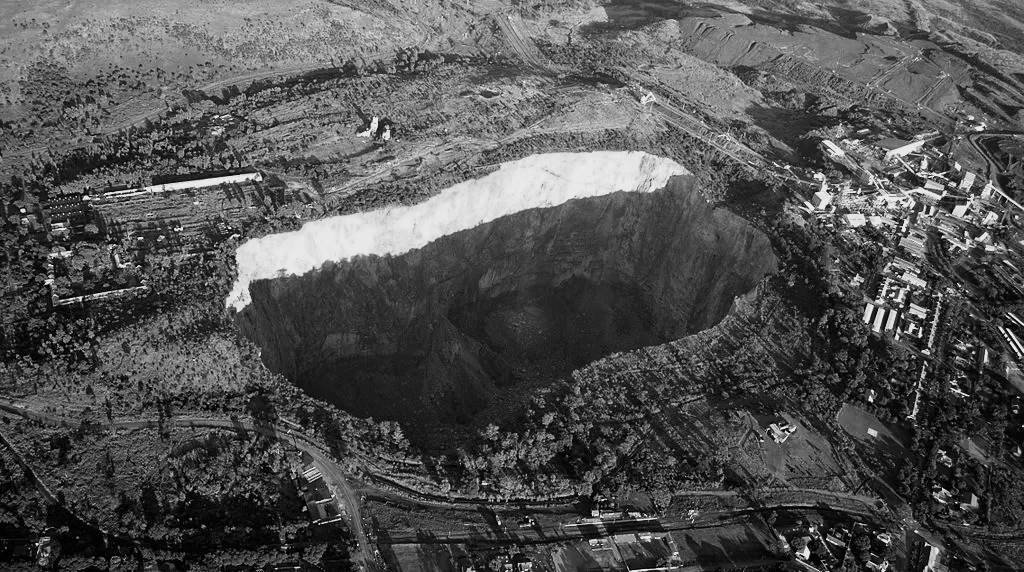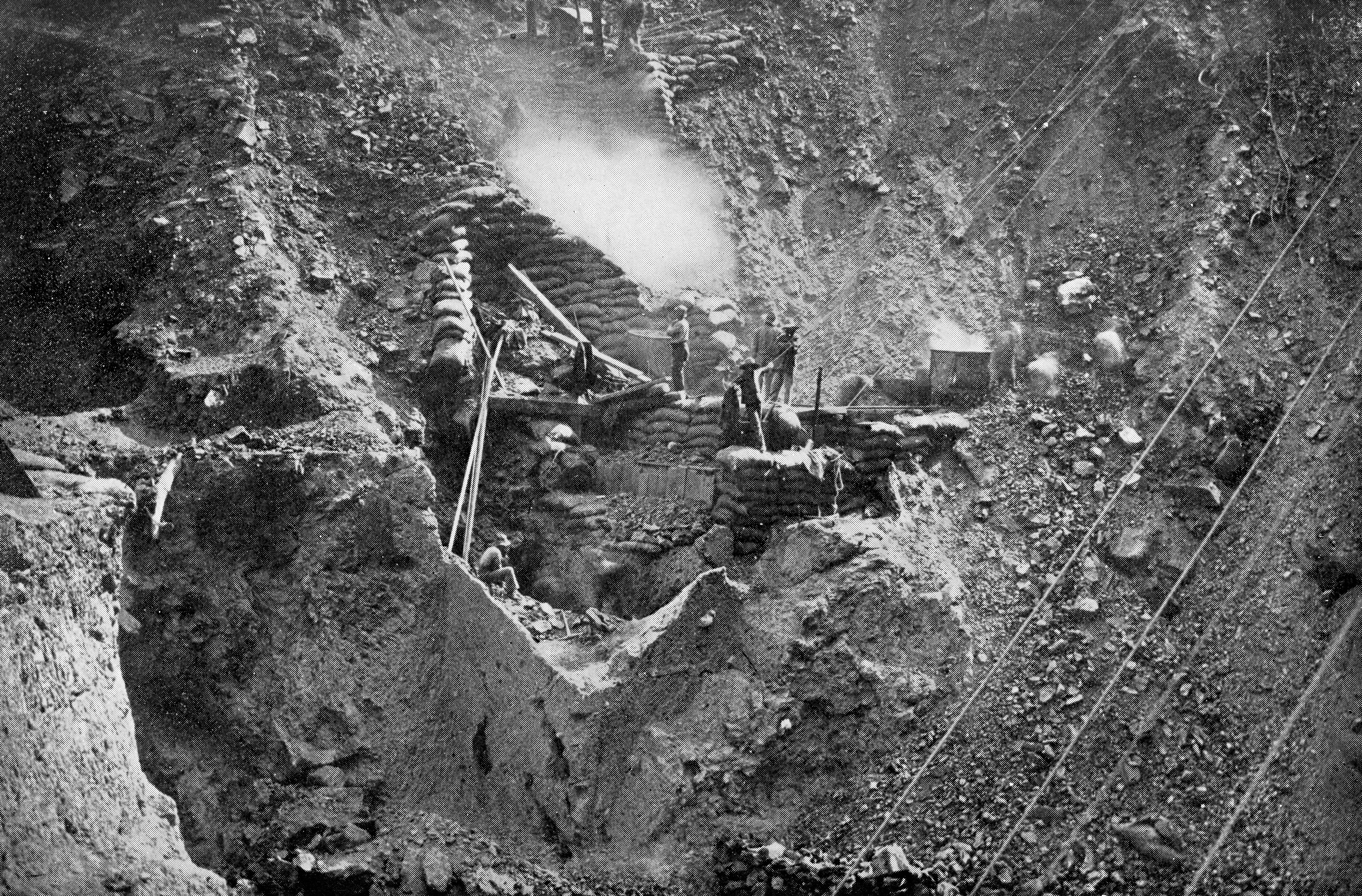Why We Don't Supply Earth Grown Diamonds
The mined diamond industry is characterised by three main factors: the past, the present, and the illegal. For nearly a century, this gemstone has been a symbol of love, yet from day one the organisations have approached it with cartel mentalities, veiled by corporate branding and extensive marketing, makes it difficult to overlook its murky origins. Since the commercialisation of mined diamonds, human rights violations have been rampant, and these dark aspects have only intensified over time.
Despite industry efforts to address the long-standing atrocities committed by humanity, the illegal trade persists, marked by appalling treatment of both children and adults.
The environmental repercussions of diamond mining further solidified Gently Grown's decision to abstain from supplying mined diamonds. This factor represents the present, and we have dedicated a comprehensive page to elucidate the profound impact it is inflicting on the environment.
If you are a retailer of ours please feel free to use the information we have provided below to spread awareness on the environmental impact created by earth grown diamonds.

How are diamonds mined?
Diamonds are mined using various methods, each with its own detrimental environmental effects. The primary methods include open-pit mining, underground mining, and marine mining.
Open-Pit Diamond Mining:
- In open-pit mining, large pits are dug up to hundreds of meters deep, removing millions of years' worth of sediment and displacing vast areas of earth. This process devastates the natural environment, disrupts fragile ecosystems, and causes irreversible damage.
Underground Diamond Mining:
- Underground mining occurs when diamonds are located too deep for open-pit mining or when an open-pit mine has been depleted. This method is more costly and involves extensive excavation.
Marine Diamond Mining:
- Marine mining retrieves diamonds deposited in marine environments. Large vessels with dredges remove sediment from the ocean floor, sort it onboard, and return excess sediment to the ocean floor after extracting diamonds.

Environmental impact statistics
Energy and Carbon Emissions:
- Mining companies move 250 tons of earth per carat of mined diamond, requiring substantial energy, often sourced from fossil fuels. This process releases carbon and other greenhouse gases into the atmosphere, contributing to climate change.
- On average, 160 kg of greenhouse gases are released per polished carat of mined diamond.
Impact on Ecosystems:
- Diamond mining disrupts large areas, polluting soil and water supplies. Instances of wildlife and livestock deaths due to contaminated water are common, such as the case of cattle dying after drinking water from rivers downstream of diamond processing plants.
Impact on Oceans:
- Marine mining operations may disrupt marine ecosystems, and the long-term consequences are still unknown. Sediment removal can take years to recover, and environmentalists remain concerned about the effects of noise, machinery, and light on marine life.
Water Usage:
- Mined diamonds consume a substantial amount of water, estimated at over 477 litres per carat.
Pollutants:
- Mined diamonds contribute to pollution by emitting over 14 kilograms of sulfur oxide per carat, whereas lab-grown diamonds produce zero emissions of this harmful substance.
We are committed to prioritising ethical and sustainable practices. Despite advancements in the jewellery industry, 2/3 of illegal mines supply still enters countries where it is deemed illegal to import, integrating with 'conflict-free' diamond supply. This reality remains hidden from both customers and sellers alike. Moreover, the environmental impact of mined diamonds exacerbates the turmoil on our planet annually. Consequently, we firmly advocate for ethically sourced diamonds through laboratory cultivation under controlled conditions as the only way to ensure a 100% ethical supply chain.
